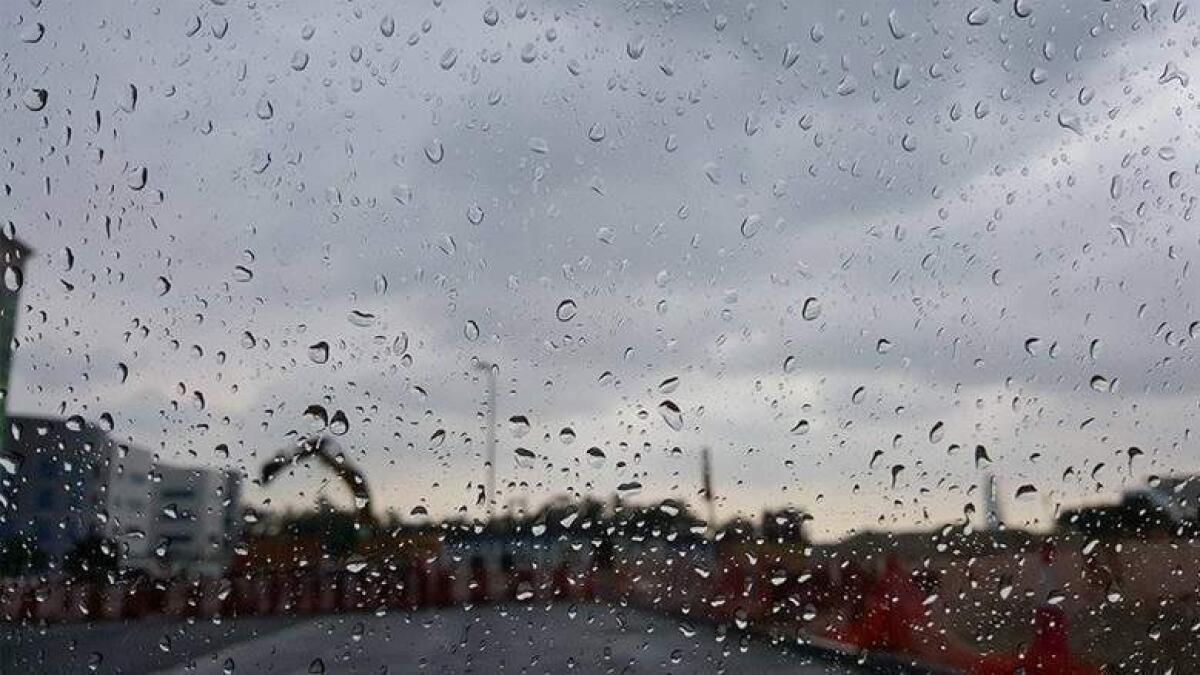Heavy rain and hail hit parts of the UAE on August 28 as the country transitions from peak summer. The National Centre of Meteorology reported heavy rainfall accompanied by hail in Al Ain, Abu Dhabi, and moderate to light rain in Ras Al Khaimah. The weather department had issued orange and yellow alerts and forecasted rainfall over some areas.
The NCM warned of convective cloud formation associated with rainfall and fresh winds with speeds of up to 40kmph over eastern areas of the country. Abu Dhabi Police advised motorists to exercise caution due to the rainy weather and follow changing speed limits displayed on electronic boards. The Abu Dhabi Media Office issued a weather alert, recommending adherence to modified speed limits, avoidance of valleys, preparation of first aid kits, and alternative light sources.
On the same day, the NCM recorded the highest temperature in the country at 49.6°C. Residents were urged to prepare for foggy days ahead, especially when driving on the Dubai-Abu Dhabi road. The weather on August 27 was mixed, with some areas experiencing hail, rain, and dusty conditions while temperatures peaked at 50.7°C.
In response to the unstable weather conditions, authorities in the UAE issued advisories to ensure public safety. The heavy rain and hail serve as a reminder for residents to stay informed about weather updates and take necessary precautions. It is essential for drivers to be cautious on the roads during adverse weather conditions and follow the instructions provided by authorities.
As the UAE transitions from summer to cooler weather, it is crucial for residents to be prepared for potential weather fluctuations. Keeping emergency supplies such as first aid kits and alternative light sources can be beneficial during unexpected weather events. Following speed limits and road advisories is vital to ensure road safety for motorists and pedestrians during rainy conditions.
The NCM’s forecasts and alerts play a significant role in keeping the public informed about weather changes and potential risks. Listening to advisories from authorities and media outlets can help individuals stay safe and prepared during unpredictable weather situations. By staying updated on weather patterns and taking necessary precautions, residents can minimize risks and ensure their well-being during challenging weather conditions.











